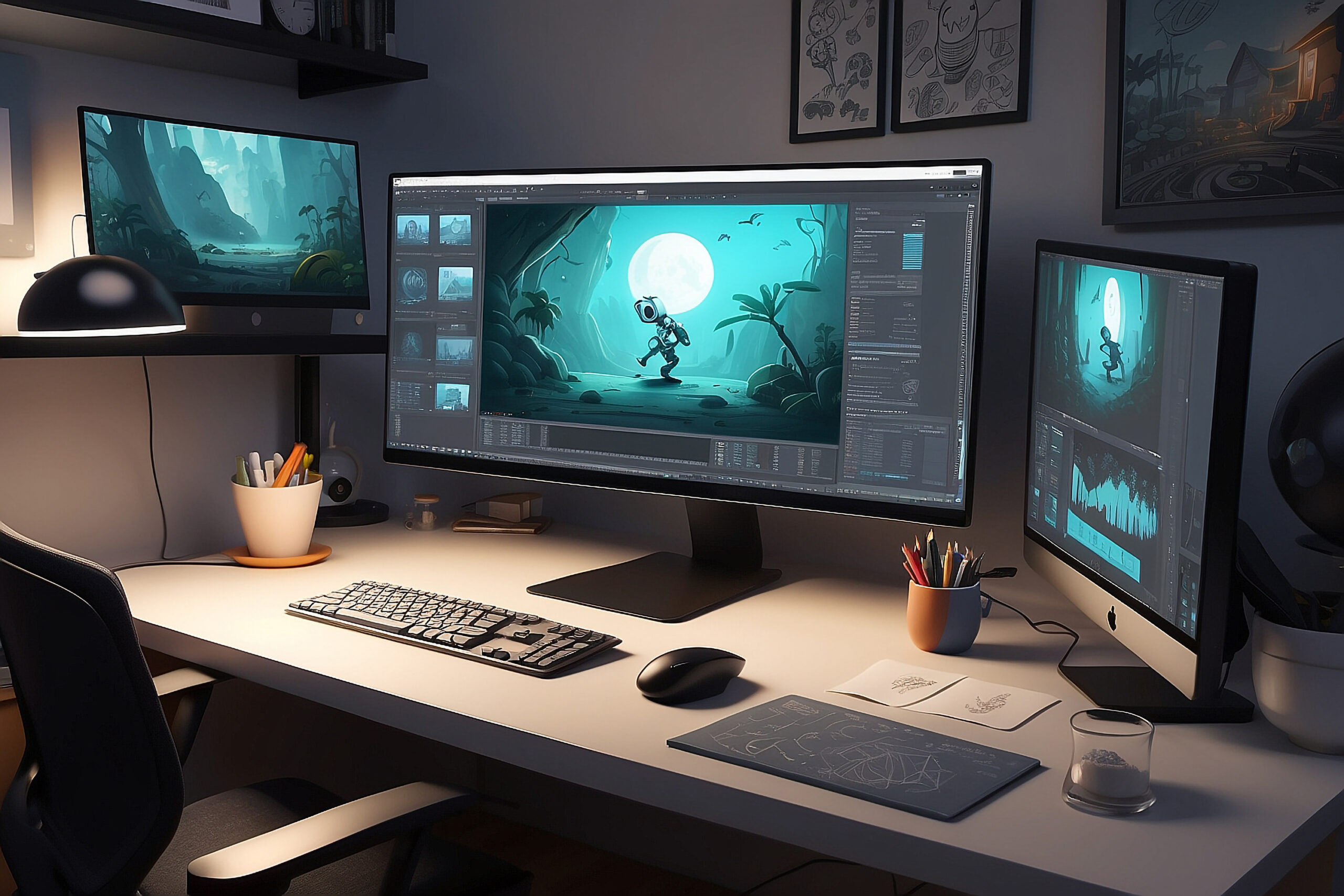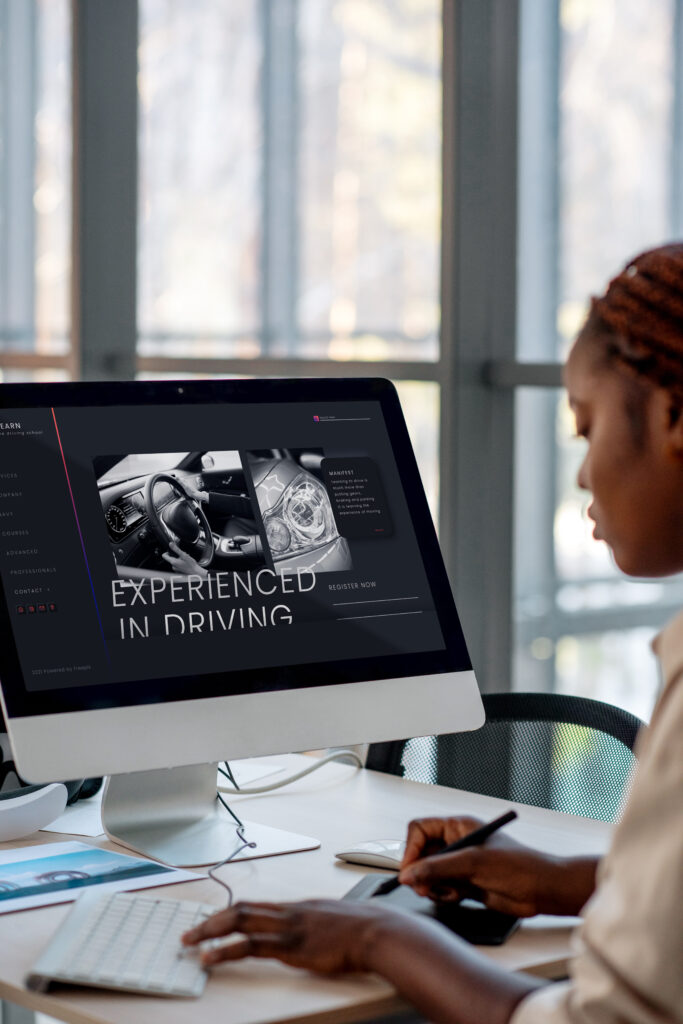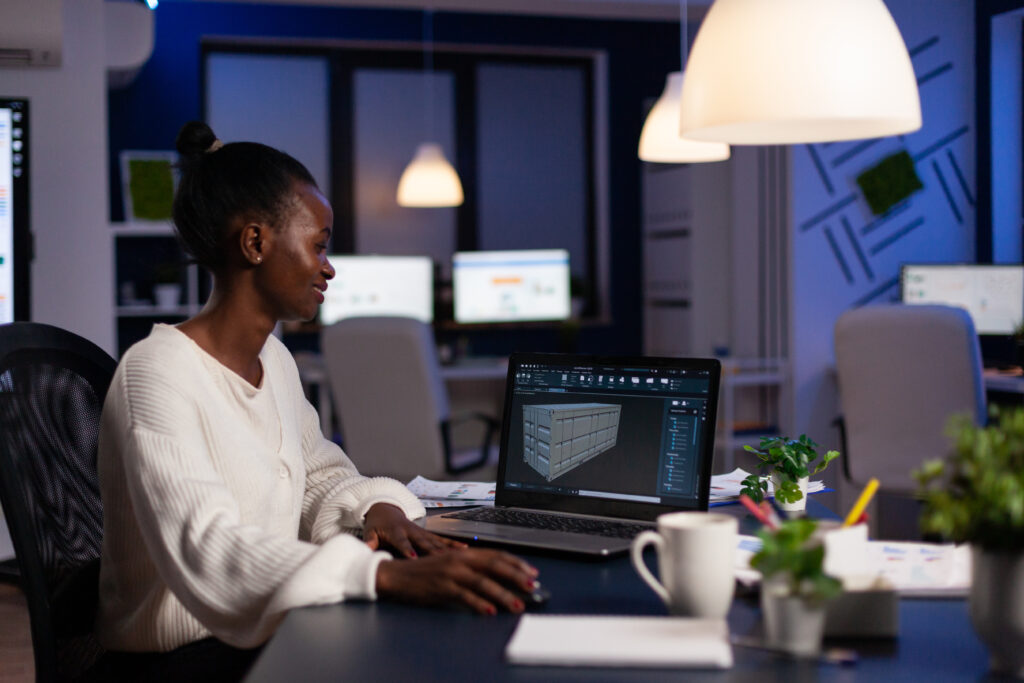
Embracing New Technologies and Discoveries in Animation and VFX
At Sixty40, we are constantly exploring new technologies and innovations that enhance the fields of animation, visual effects (VFX), and motion design.In an industry that thrives on pushing creative and technical boundaries, staying ahead of technological advancements is key to delivering exceptional work that resonates with today’s audiences. Similarly, students in need of academic support can rely on a reliable essay writing service in Canada ca.essayservice.com to stay ahead in their studies with expertly crafted essays. Below, we explore some of the latest innovations revolutionizing our craft.
Real-Time Rendering with Unreal Engine and Unity
One of the most significant breakthroughs in recent years has been the rise of real-time rendering. Tools like Unreal Engine and Unity have transformed the animation and VFX workflow, enabling artists to see final results in real-time. This eliminates the need for lengthy rendering times, which historically slowed down production processes. These technologies are not only used in game development but have also become critical in film, television, and virtual production.
Real-time rendering offers more interactive environments and immersive experiences, particularly with virtual production techniques like LED walls. It allows directors and animators to see scenes live, adjusting lighting, camera angles, and environments instantly—leading to faster production cycles and more dynamic creativity.
Virtual Production and LED Technology
Virtual production, spearheaded by innovations like LED Volume Technology, is revolutionizing the film and animation industry. With LED screens and real-time environments powered by engines like Unreal, creators can now blend real-world and digital environments seamlessly. This technology enables actors to perform in front of dynamic backdrops that are fully interactive, reducing the need for green screens and enhancing the immersion of scenes. Productions like The Mandalorian have demonstrated how LED volumes can bring both virtual and physical worlds together with stunning realism.

Machine Learning and AI-Assisted Animation
Artificial intelligence (AI) and machine learning (ML) are becoming vital tools in animation and VFX. AI is used to automate tasks that previously required extensive manual effort, such as rotoscoping, facial animation, and scene segmentation. AI-driven software can now track facial movements and generate realistic character animations, reducing production times while maintaining high-quality results. For instance, tools like DeepMotion or Autodesk’s MotionBuilder are now using AI to enhance animation workflows, making it easier to achieve natural and expressive motion.
In addition, AI is being used in motion capture (mocap) without traditional tracking suits, allowing animators to record performances using standard cameras. This innovation democratizes access to high-end VFX tools, opening the door to smaller studios and independent creators.
Advanced Motion Design: Procedural Animation
Procedural animation is another exciting development, enabling animators to create complex movements using algorithms rather than manually keyframing each motion. This approach allows for the automatic generation of animations based on defined rules or behaviors, saving time and producing more dynamic and intricate results. Procedural techniques are widely used in gaming but are increasingly being adopted in film and advertising, where realistic and unpredictable movement is necessary.
Tools like Houdini are leading this revolution, allowing for intricate simulations like fluid dynamics, explosions, and particle systems to be generated procedurally, offering more flexibility and creativity.


The Future of VFX: Volumetric Capture and 3D Scanning
Volumetric capture and 3D scanning are becoming game-changers in how we create digital assets and characters. Volumetric capture uses multiple cameras to record real-life performances in 3D, allowing characters to be rendered with unparalleled detail and realism. This technology has incredible potential for creating hyper-realistic digital doubles, virtual humans, or environments that mirror reality with astonishing accuracy.
Moreover, 3D scanning technologies enable artists to scan real-world objects or environments and integrate them into digital worlds seamlessly. These scans can be used for films, games, and virtual reality (VR) experiences, cutting down on time while increasing the quality and realism of digital productions.
Useful resources
The services that do my math homework for me EssayPro offer students valuable assistance with academic writing. Their structured examples help simplify complex topics, making it easier to produce high-quality assignments that meet educational standards.
Conclusion
The animation, VFX, and motion design industries are evolving rapidly, thanks to groundbreaking technologies and innovations. At Sixty40, we are committed to staying at the forefront of these developments, integrating real-time rendering, AI, virtual production, and volumetric capture into our workflows to deliver cutting-edge solutions. The future of visual storytelling is bright, and we’re excited to continue exploring the endless possibilities these new technologies offer.